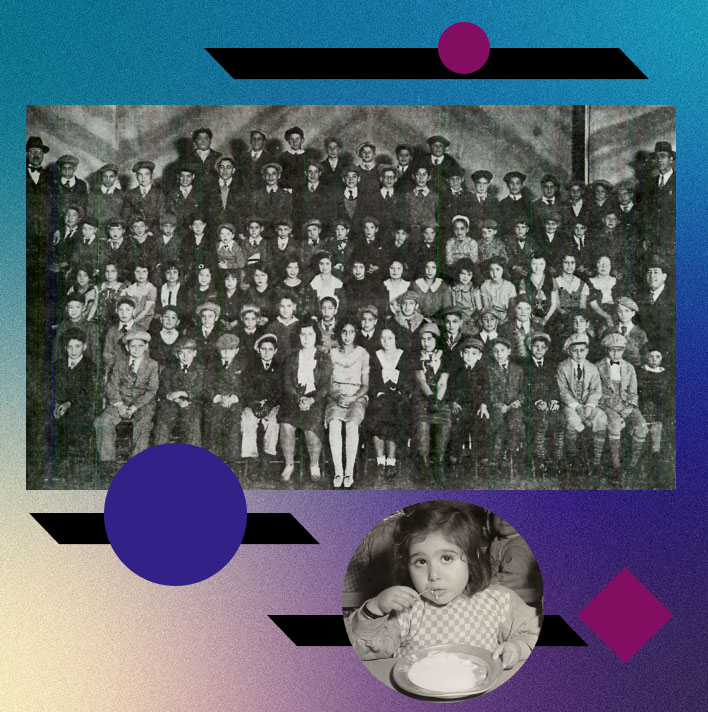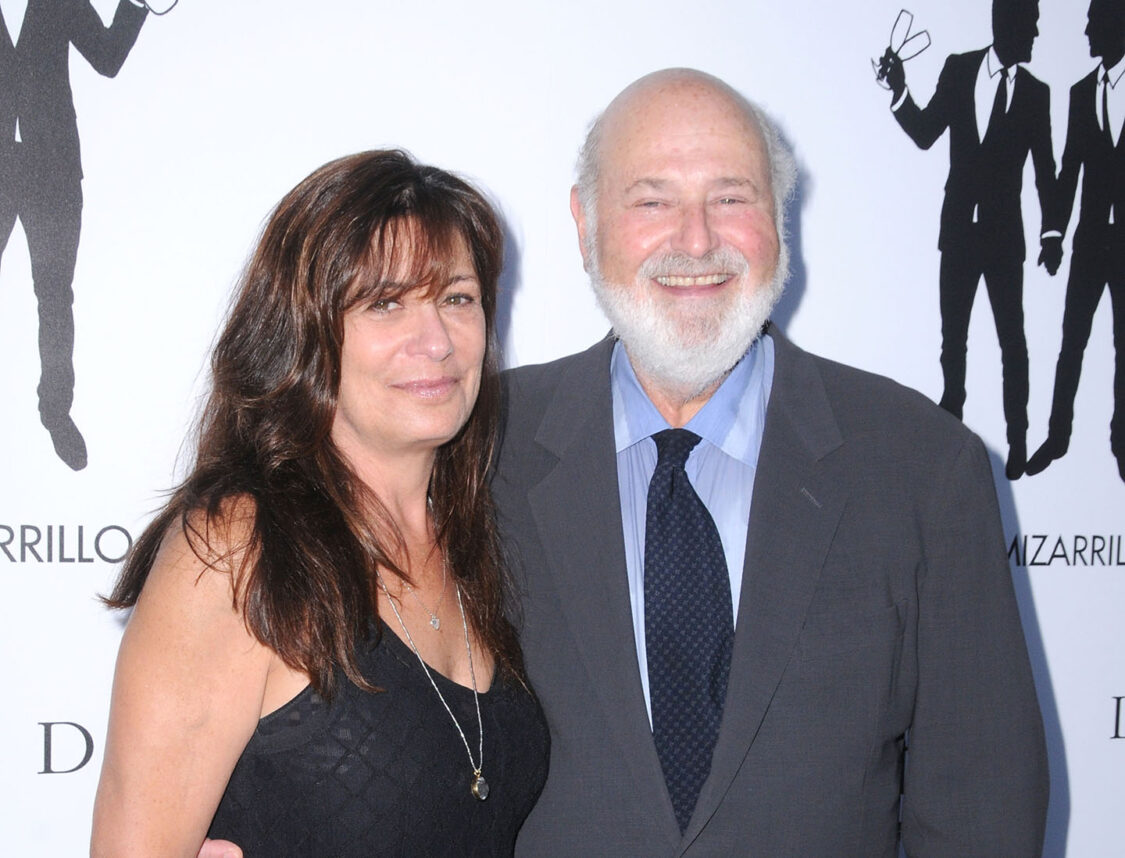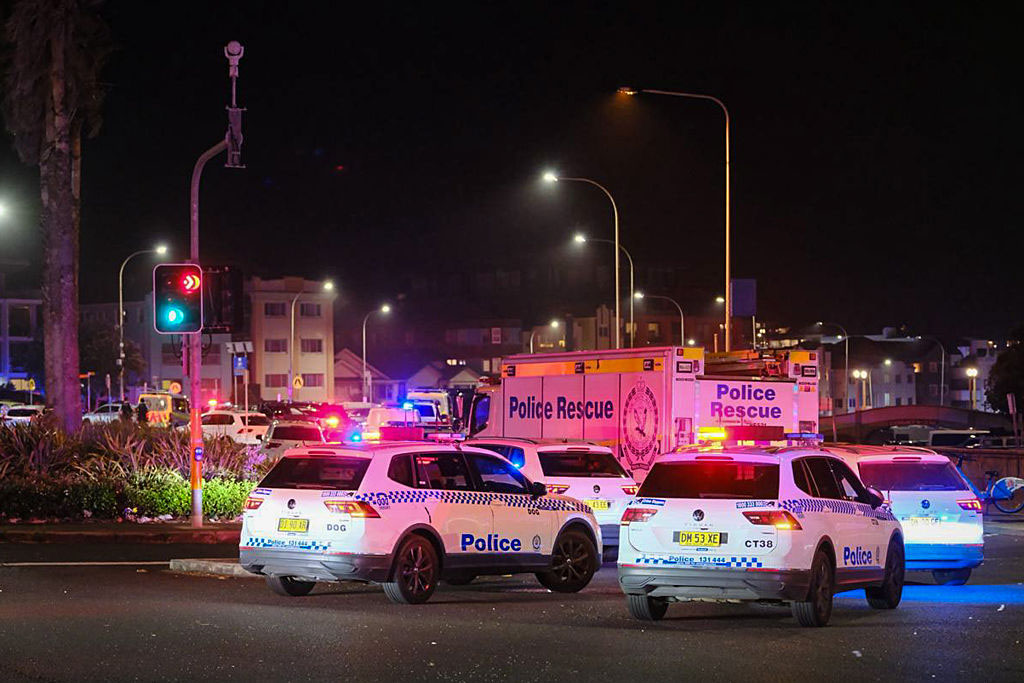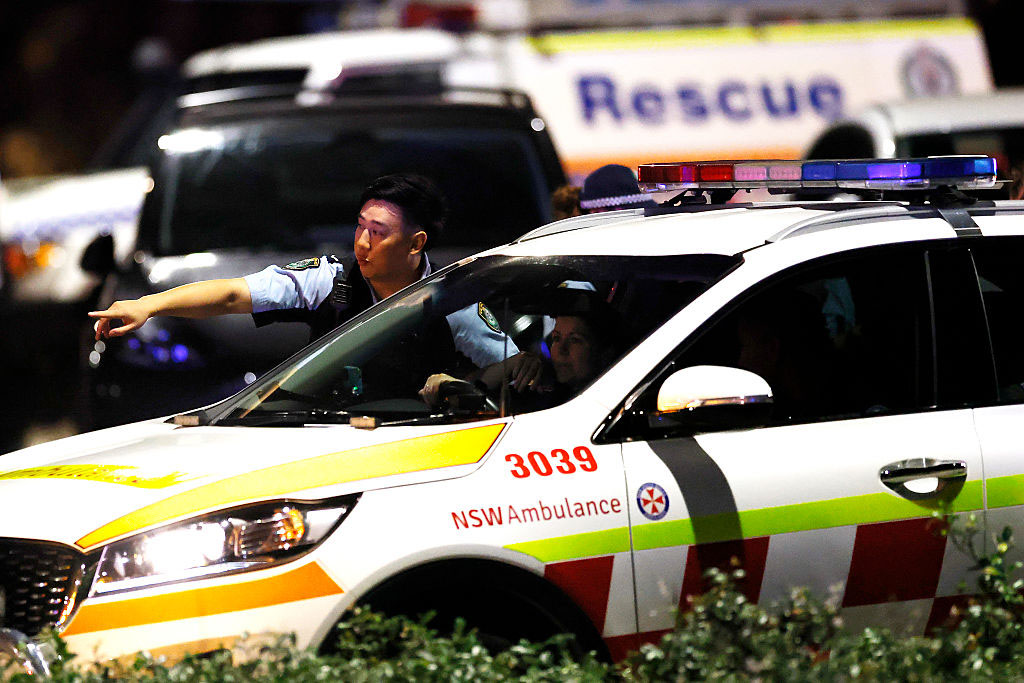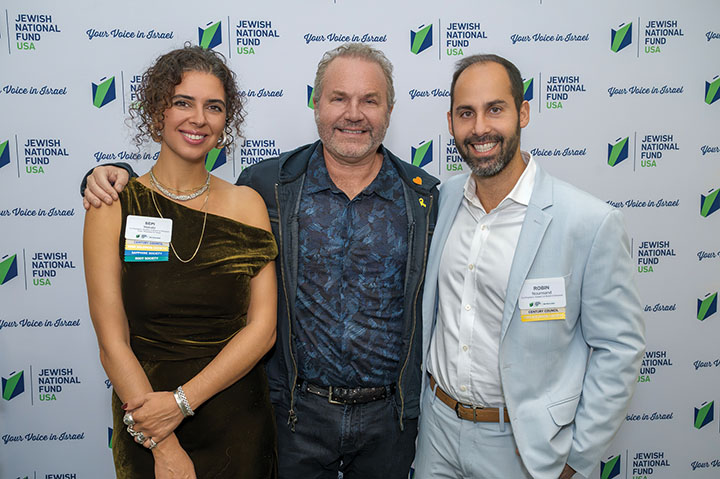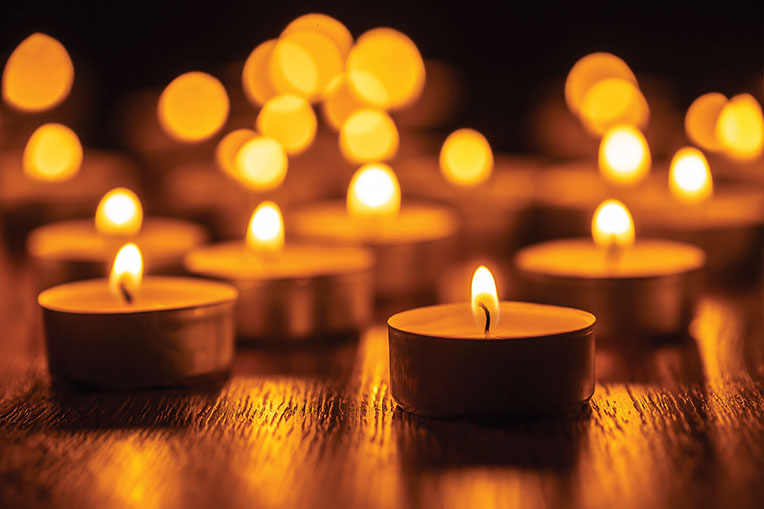There is something raw about the rough brush strokes in the work of native Israeli artist Rhea Carmi, and about her textured materials, such as sand and stone. But then, there also was a rawness to the tragedy that originally informed and inspired her work.
Carmi lost her brother in the Yom Kippur War and needed a way to cope. When she turned to painting, friends and family told her that she had talent.
The result of this new life path will be on display this summer at the Lawrence Asher Gallery in the museum district of Wilshire Boulevard. Most of the exhibited works will be from Carmi’s “Humanity’s Struggle” series, but there also will be selected works from her “Humanity’s Resilience and Everlasting Spirit” series. The exhibition explores themes the 53-year-old artist has wrestled with throughout her life; the paintings themselves represent her work over the past 12 years.
Carmi’s artistic evolution quickly became about more than confronting the grief of her brother’s death: She’s also had to process warring sides of her personality — the scientist vs. the artist. Carmi studied physiology at Tel Aviv Open University before switching her major to art at Ramat-Gan Institute for the Arts, where she studied under artist Moti Mizrahi, an artist recognized for his conceptual art and use of space, and mixed-media artist Arie Aroch.
“In my work you can see a war between certain characteristics of mine,” Carmi said. “One side of me that wants everything to be in order [with a] vertical flow … like in science. The other is my wild side.”
The paintings in her “Humanity’s Resilience” series utilize Carmi’s chemistry background, tapping into her inner scientist. Jerusalem stone and other raw materials such as sand and rocks recreate the look of antiquity in this series. Through carving into the paint, painting on stone and using ancient Hebrew letters, Carmi creates a cave-painting look that symbolizes the resilience of the Jewish people throughout history. This series is as much about touch as sight; the textures Carmi uses let the viewer feel the layers of history.
Some of the paintings in “Humanity’s Struggle” deal with the universal emotions people experience after trauma or tragedy. Her mixed-media pieces with cookie-cutter figures illustrate the loss of identity that can occur after a tragedy.
One example is “Survivor’s Dance,” a red painting in which various uniform figures dance in a circle, like they are jumping on a trampoline. Carmi described it as a dance of life. The various figures illustrate diverse and individual reactions to tragedy.
An example of her wild side taking over is “Suspended: Humanity Struggles VIII,” with its vibrant primary colors and strong masculine lines, depicting the senseless violence and loss of life in the Middle East. The painting shows several figures being hung. The shock of the subject matter and the rough nature of her brush strokes had museum visitors mesmerized at her last exhibit.
In “Humanity Struggles XXIV,” there are Hebrew letters and a red tzitzit that Carmi said is supposed to look as though it has been soaked in blood. It juxtaposes the struggles occurring in Israel with the calmer constant of Judaism.
“Even though the struggles are very hard, most of the time we fix it. You become stronger and better if there is another disaster because of those struggles,” Carmi said.
Her works, with their vast range of styles, materials and symbols reflect her conflicting sensibilities: “Sometimes one side takes over the other. It depends on the mood…. I could separate my work into the one that comes from my guts and the one that comes from my head. I convey my feeling via the material and the colors and the texture.”
She expects and welcomes a broad swath of reactions to her work.
“People can relate their personal experience to my paintings,” she said, “even though I experience something different than them.”
Rhea Carmi discusses “Humanity Struggles” at the Lawrence Asher Gallery, June 23, at 7:30 p.m. The Humanity Struggles Series (1991-2003), will be on display through July 9 at the Lawrence Asher Gallery, 5820 Wilshire Blvd. Parking available behind 5858 Wilshire Blvd. For more information, call (323) 935-9100.











